There was nothing out of the ordinary about the trip–except perhaps for the fact that the Suzaku had no crew.
Seismic Shifts
The Nippon Foundation, which deployed the vessel, said Suzaku operated under a fully autonomous navigation system including remote operation from the Fleet Operation Center in Chiba Prefecture.
The group said remote operation of ships from land can address such issues as crew shortages, aging crews and reducing accidents. The demonstration also shows have far ships have come since the days when sailors used the stars to find their way home.
The industry is facing seismic shifts as it increases technology while looking to reduce carbon emissions.
“Reduced crew levels through increased use of better systems as well as autonomous systems has been taking place for a number of years and in recent years more ambitious developments have started to take place,” said Stephen Turnock, head of department at the University of Southampton. “Initially on small vessels but increasingly scaling up.”
‘More Electric’
Turnock cited Ocean Infinity, a marine robotics company, said in May that it had successfully launched its first 78-meter Amarda vessel in Vietnam. The company said it is the first of 23 optionally-crewed, low-emission robotic ships.
Roughly 80% of the volume of international trade in goods is carried by sea and the percentage is even higher for most developing countries, so the economic importance of shipping cannot be understated.
The shipping industry also accounts for about 3% of the world’s carbon emissions.
Andrew Alleyne, dean of the University of Minnesota College of Science and Engineering, said that while the industry is making a great deal of progress in the area of electrification, very few long-distance cargo ships will be electric.
“There isn’t the battery energy density to support this,” he said. “They will likely be ‘more electric.’ That is, there will be a power generation device, or devices, like a large generator that will distribute the power around the ship to thrusters, comms, refrigeration, etc. It will be a small floating microgrid.”
‘No Silver Bullet’
Last year, the International Chamber of Shipping, which represents 80% of the global shipping industry, submitted plans to the International Maritime Organization that detailed measures the group said governments must take to help the industry achieve net zero CO2 emissions by 2050.
“There’s not one silver bullet here,” said Guy Platten, the chamber’s secretary general. “It’s going to be a multifaceted approach, but there’s no doubt that electric-powered ships have got their place.”
Platten said there are electric-powered ships in service now, but they tend to be short-haul vessels like ferries. He noted that there are other zero-carbon fuel sources, such as ammonia, hydrogen, and methanol.
“We’re confident that we can get to a net zero position by 2050 but it needs a number of things to happen to make that work,” he said, including research and development, availability of fuels and “some sort of carrot and stick” incentive to bridge the gap between the zero-carbon fuels which are currently more expensive to produce than fossil fuels.
Changes in the Workplace
Autonomous ships open up a new set of possibilities and challenges.
“There’s more autonomy being built into ships as each year passes,” Platten said, “but I think we’re a long way from seeing fully autonomous ships really operating commercially.”
More technology will also result in fewer and different kinds of jobs. The AFL-CIO’s Maritime Trades Department recently approved a resolution regarding the issue of automation and the workplace.
“Unions have been addressing and adapting to changes in the workplace – including job displacement caused by automation and digitization – for more than a century,” the group said. “But, all too often, technological advancements are used as cover by the rich and powerful to concentrate their wealth and turn good, family-supporting jobs into insecure, low-wage or precarious jobs.”
And there are the dangers of hacking as pirates move from the ocean blue to the dark web.
Rushing to Adopt the Technology
The shipping industry — among others — got walloped in 2017 when Maersk, the world’s largest container company, reportedly spent more than $300 million on repair and recovery from the NotPetya cyberattack.
“There’s all this excitement about autonomous vessels, but people are rushing to adopt that technology without fully realizing the implications it will have for safety and security,” said Rick Tiene, vice president with Mission Secure, a cybersecurity firm headquartered in Charlottesville, Va.
Tiene warned that there is less ability to notice and manually override a problem in an autonomous situation.
As companies move toward making a vessel autonomous, he said, “you will probably be upgrading any last vestiges of non-automated processes that are on that vessel, but as you increase automation, you’re also creating more potential cyber risk surfaces.”
“It’s a marketplace that runs on extremely tight margins,” Tiene said.” We’ve talked to somecompanies that don’t recognize the value or the need for cybersecurity, but we’ve talked to plenty that say, ‘we want to do this.’”
‘A Human in the Loop’
So, will we ever see the day when massive ships operate with no humans on board?
Turnock at the University of Southampton, said this may happen on smaller, less valuable vessels, but, as far as the larger ships, there will probably still remain specific roles that cannot be on-shored or replaced.
“The crew requirements of ships of the future are likely to change significantly,” he said. “There is a shortage of qualified crew as less people are prepared to sacrifice large periods of time away from friends and family. Autonomous systems can improve the work demands for those who do remain on board.”
“I think there will always be a desire to have a human in the loop,” Alleyne from the University of Minnesota said. “Things can go wrong on a ship that are not planned for. So it is always good to have a person on board. Even if not for the navigation, then for the subsystem maintenance.”
The technology exists to do this now under nominal conditions, he added, “it is just the unanticipated rare events that cause concerns.”
Source: https://www.thestreet.com/investing/autonomous-vessels-sailing-into-uncharted-waters


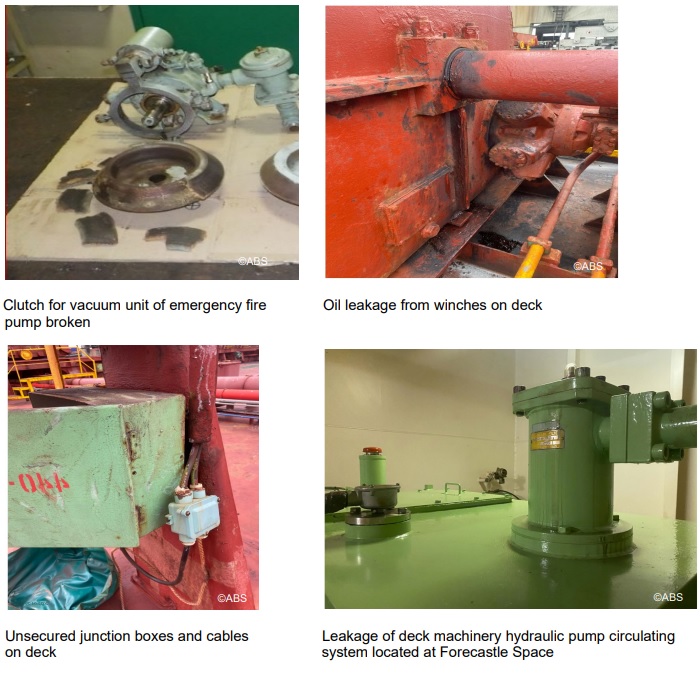
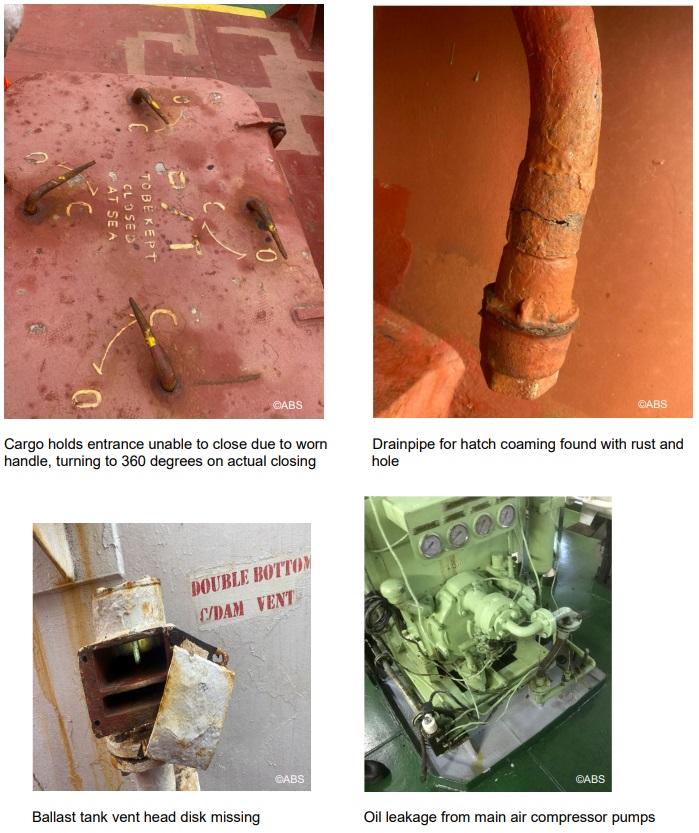
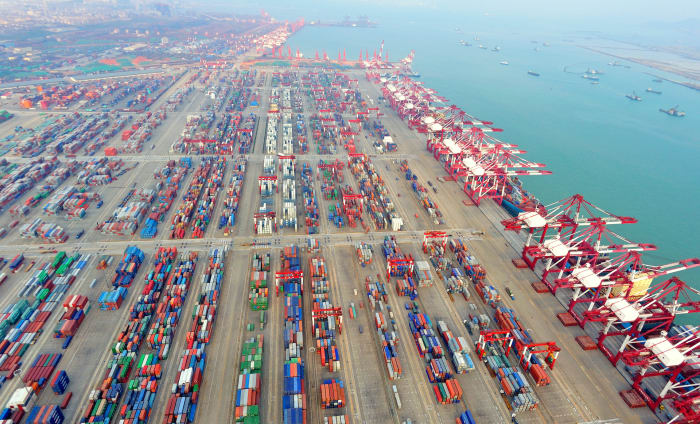
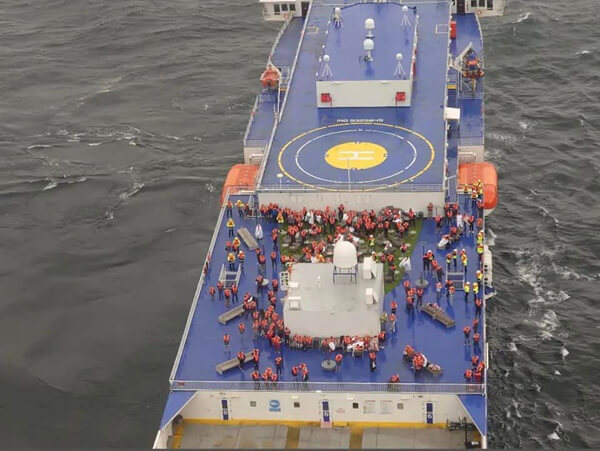
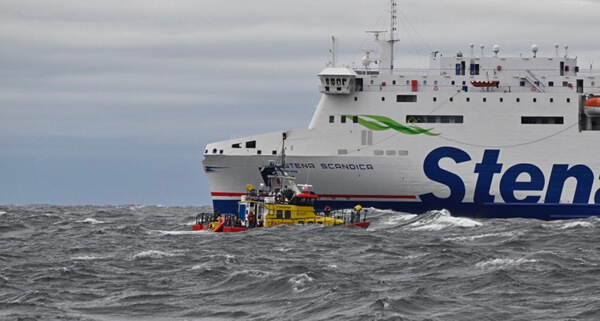
 Suppliers Not Providing Systems With Adequate Cyber Security Maritime
Suppliers Not Providing Systems With Adequate Cyber Security Maritime Resolving Supply Chain Cyber Gaps Renaissance It Distributor
Resolving Supply Chain Cyber Gaps Renaissance It Distributor Finance Administration S Role In Cyber Security Stillpoint Systems
Finance Administration S Role In Cyber Security Stillpoint Systems




